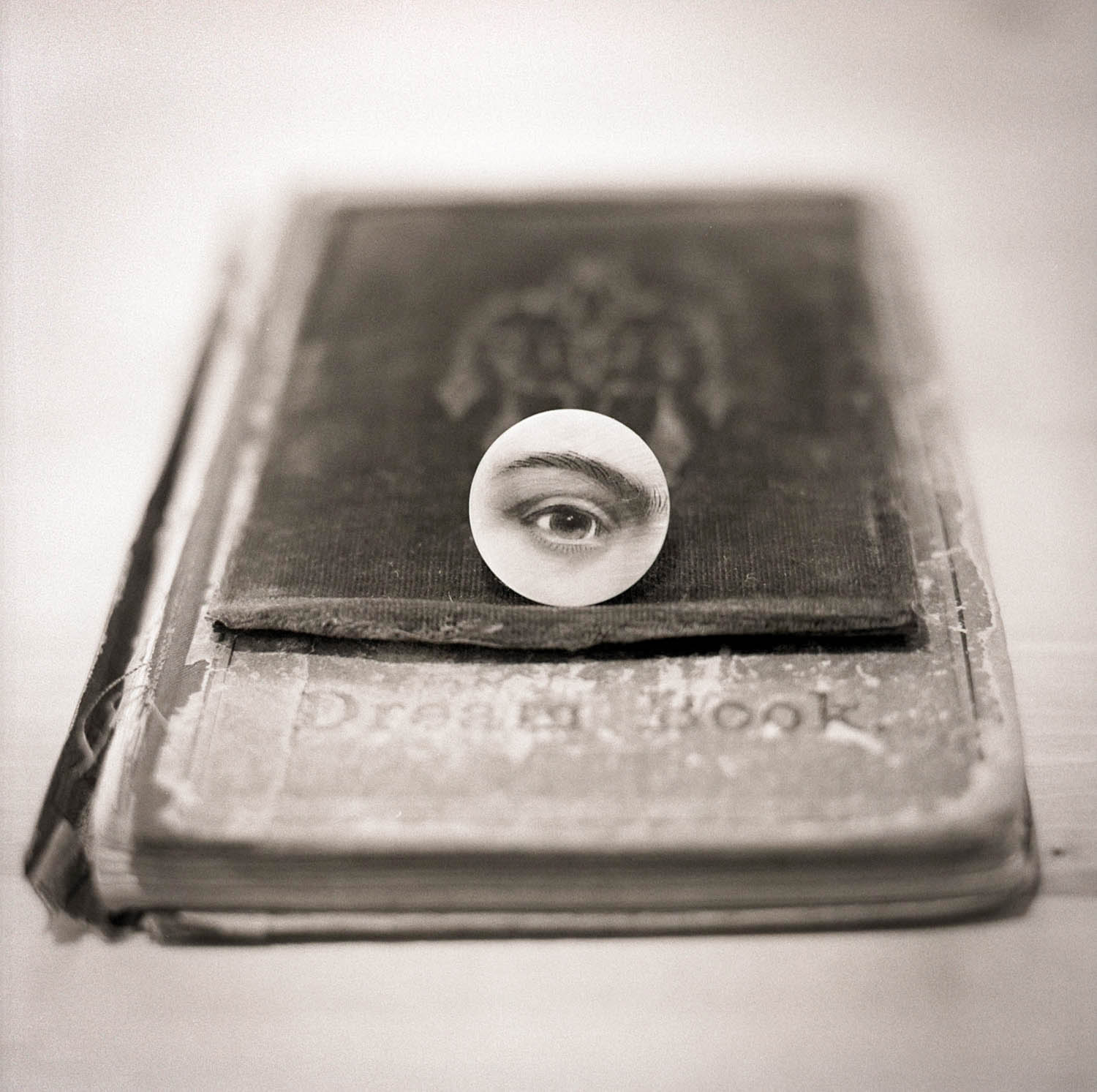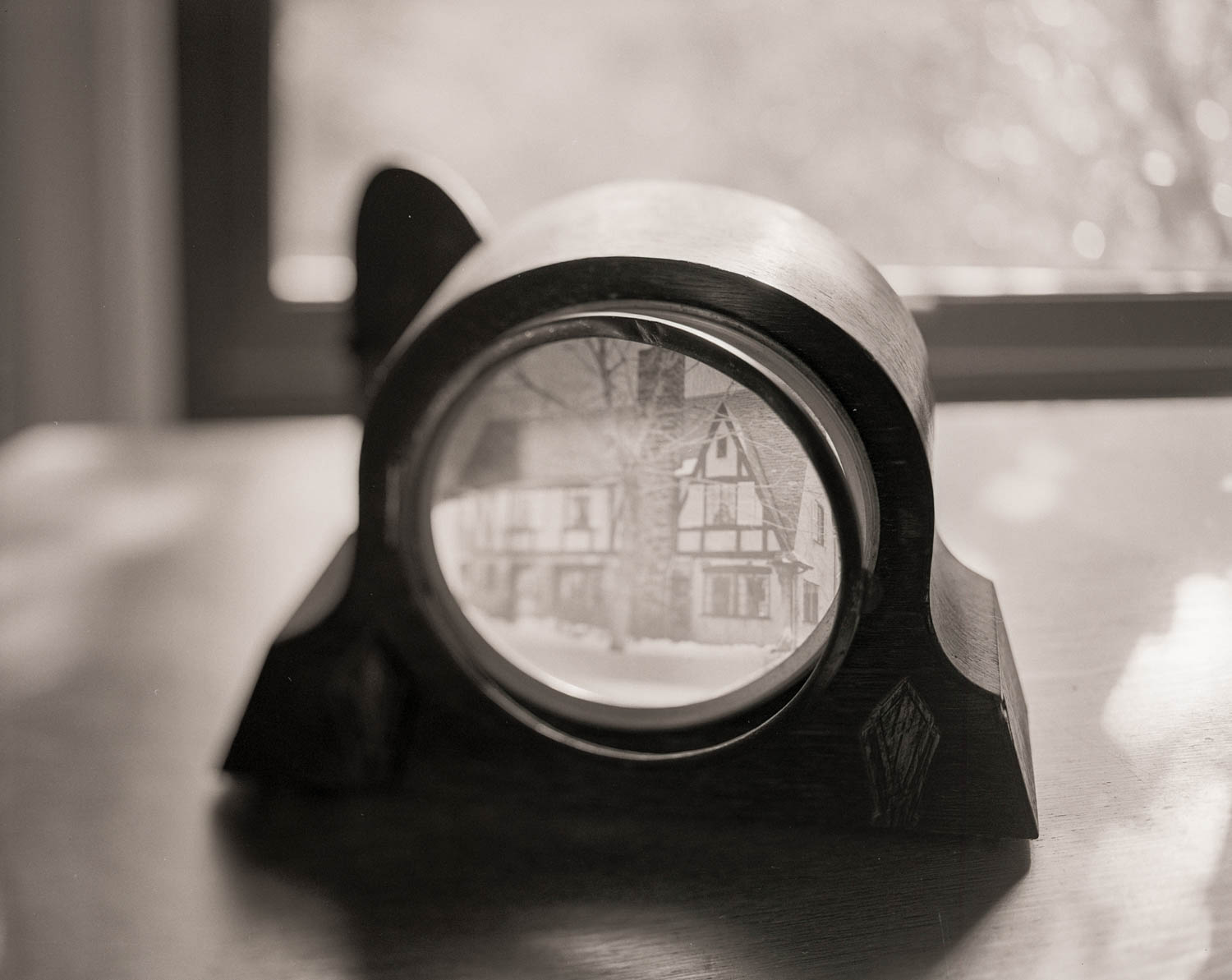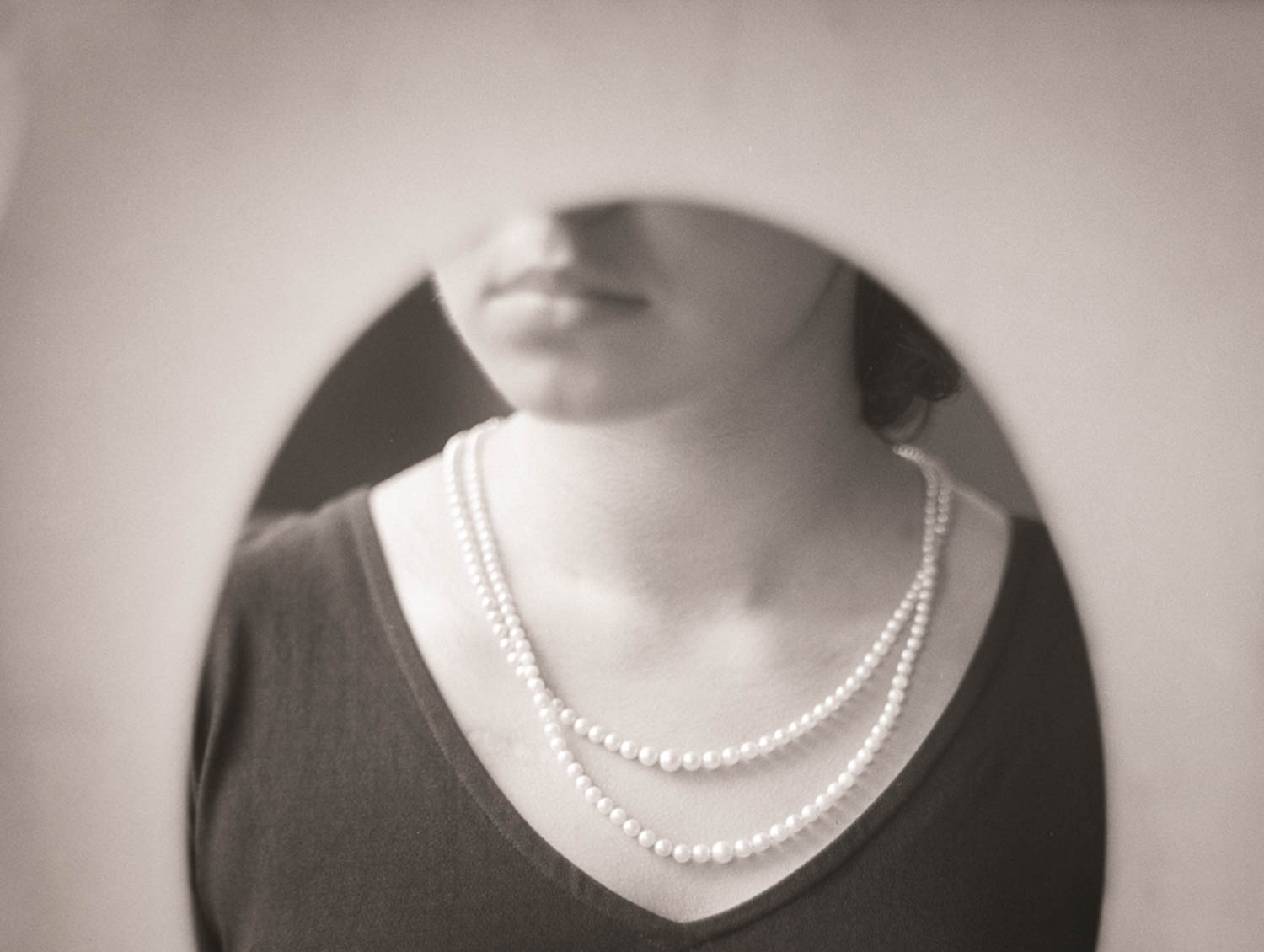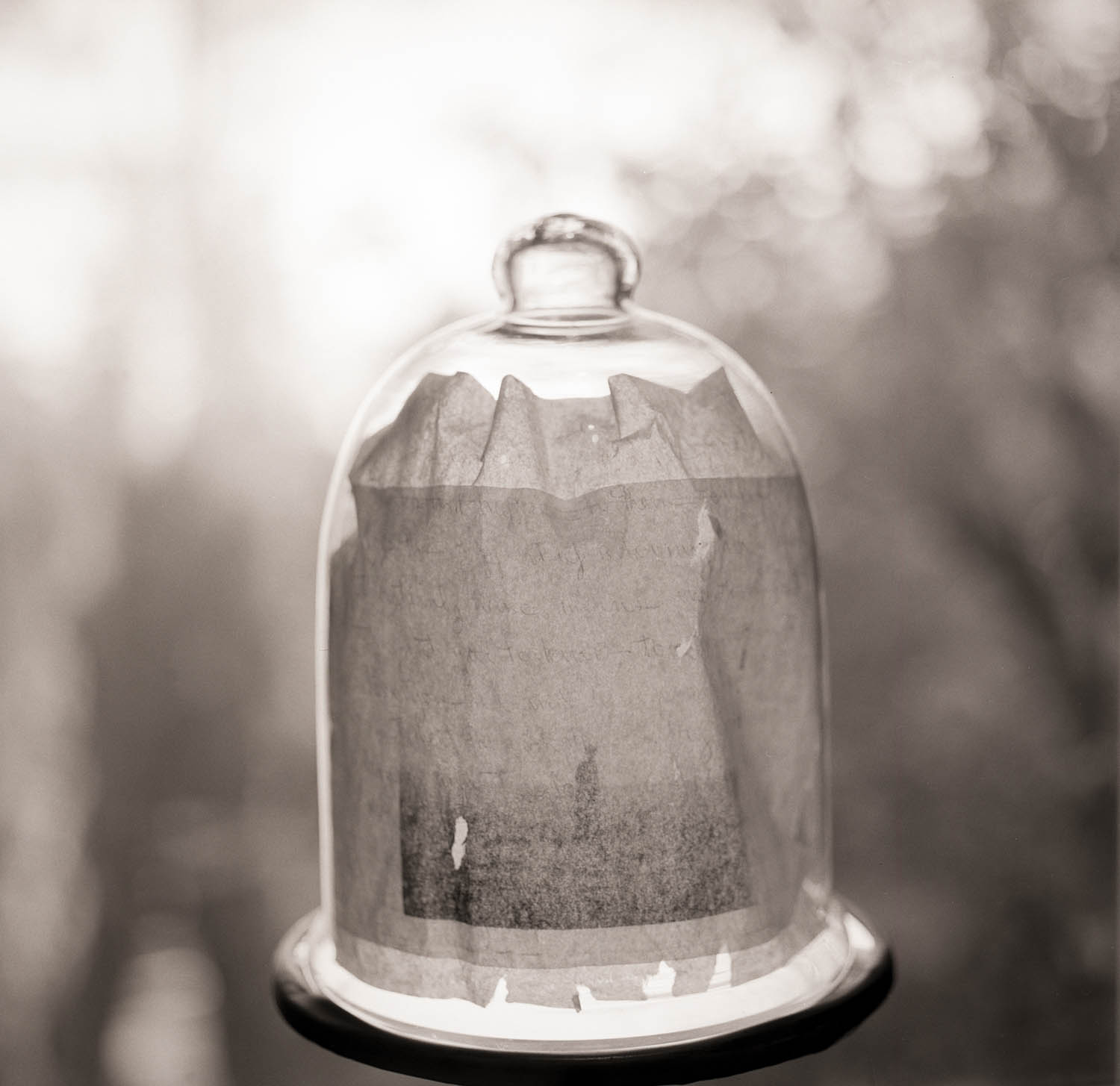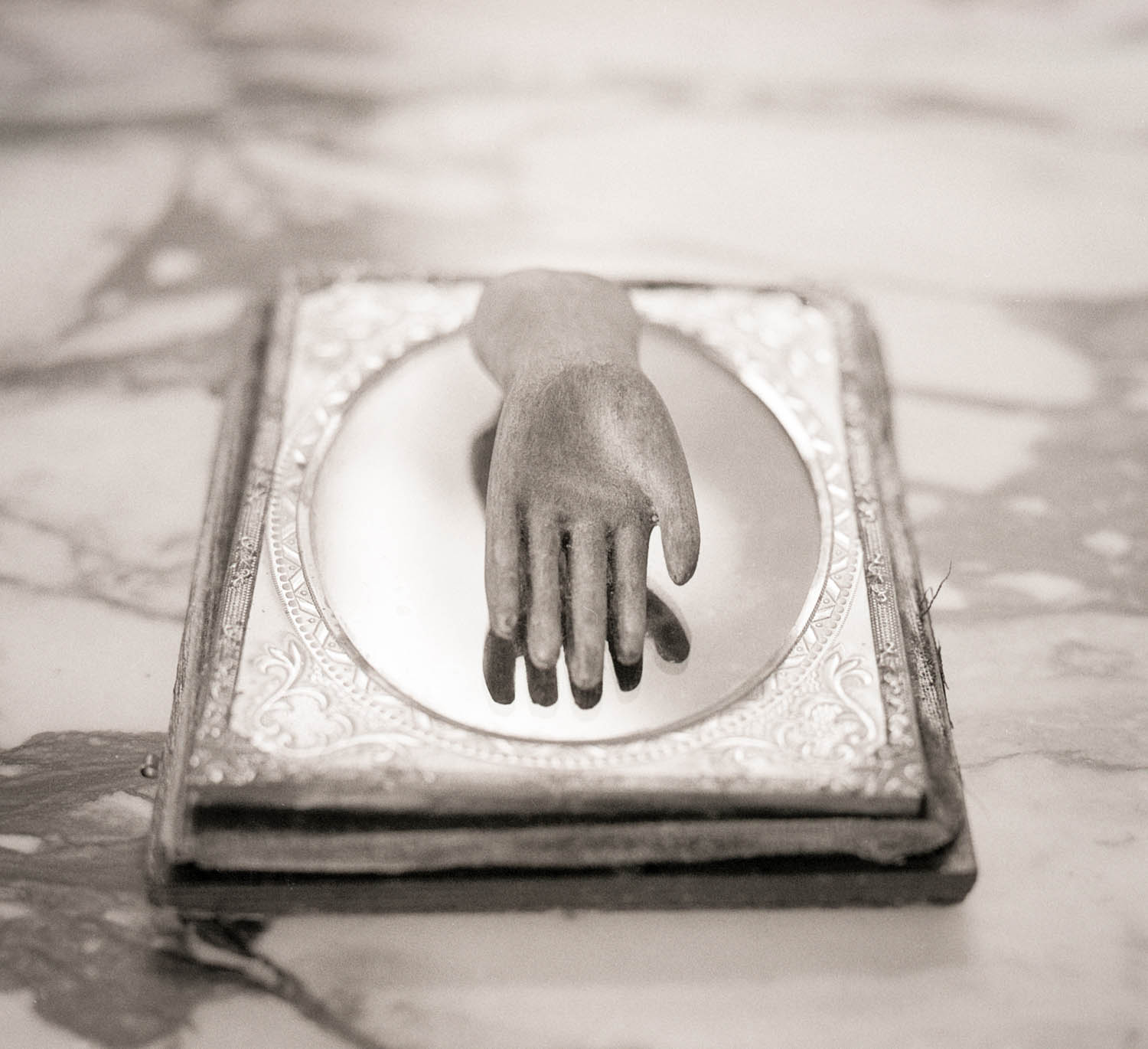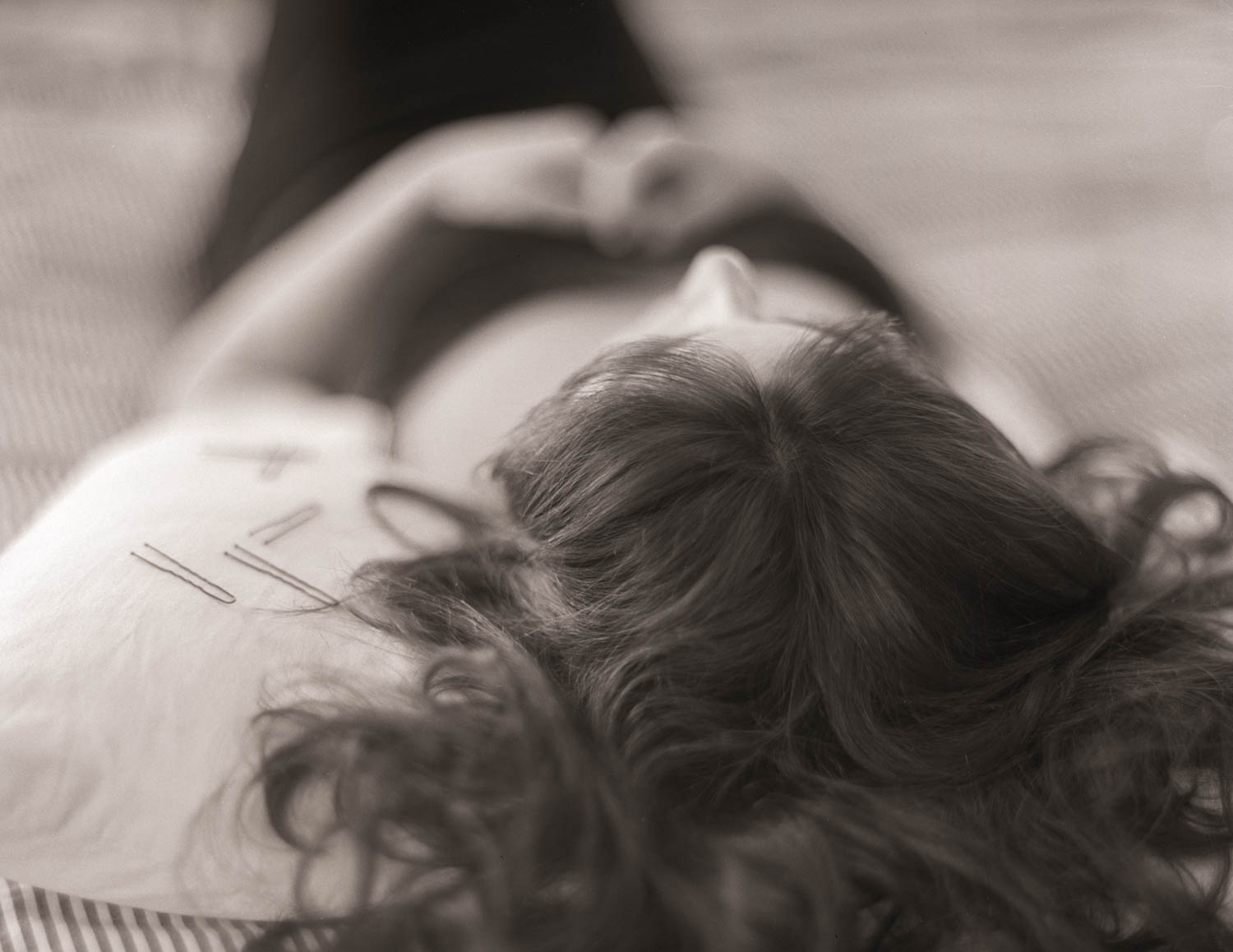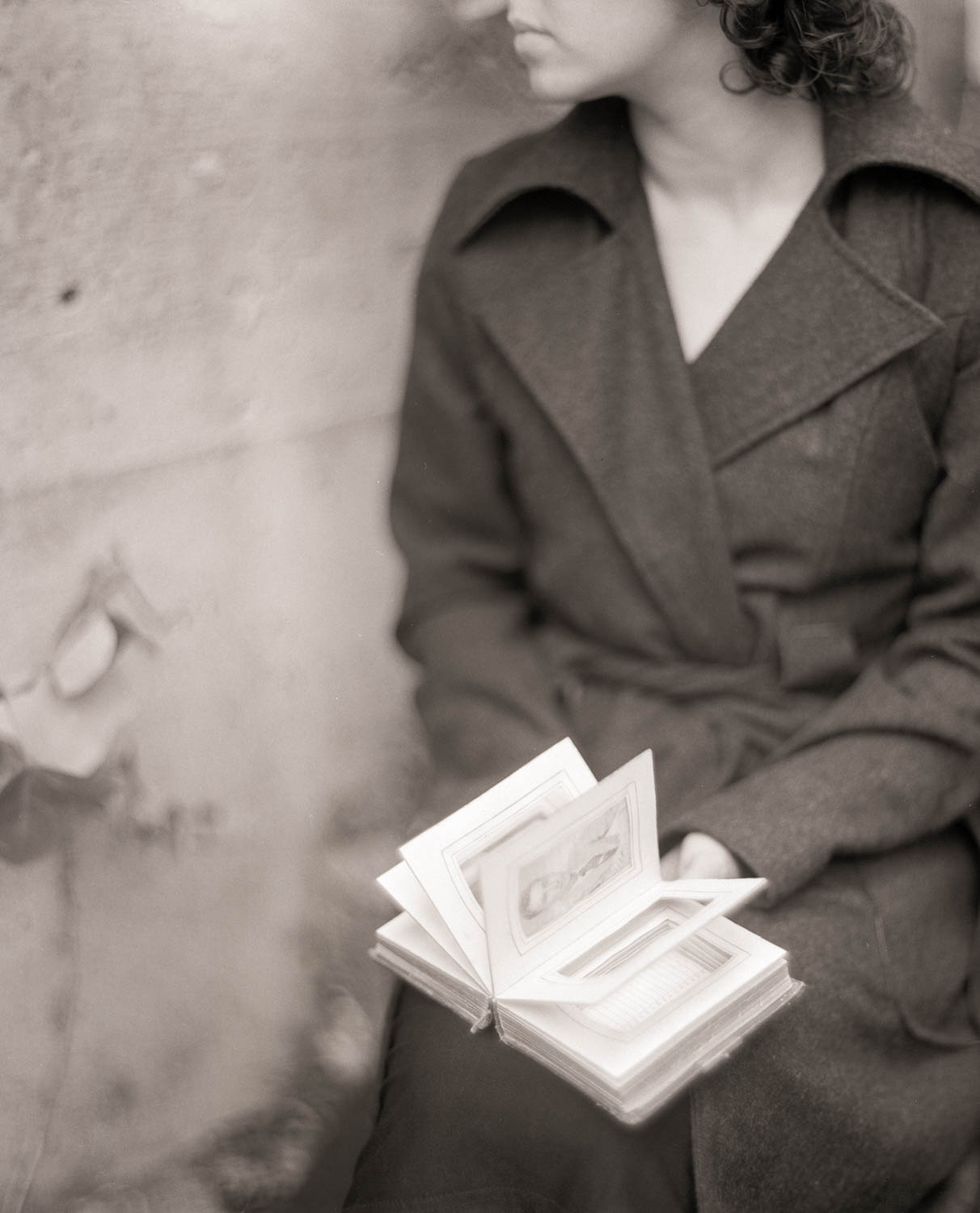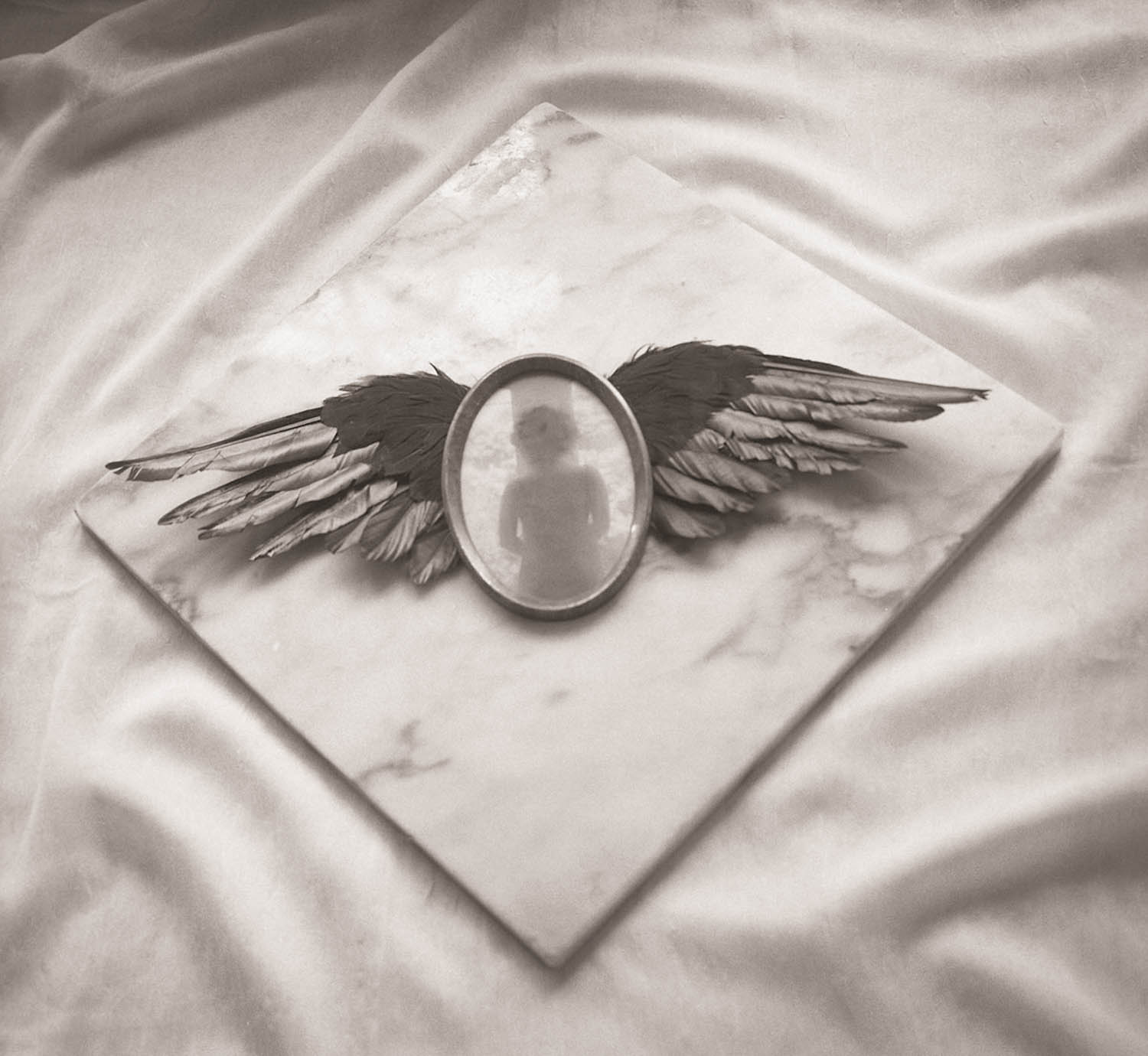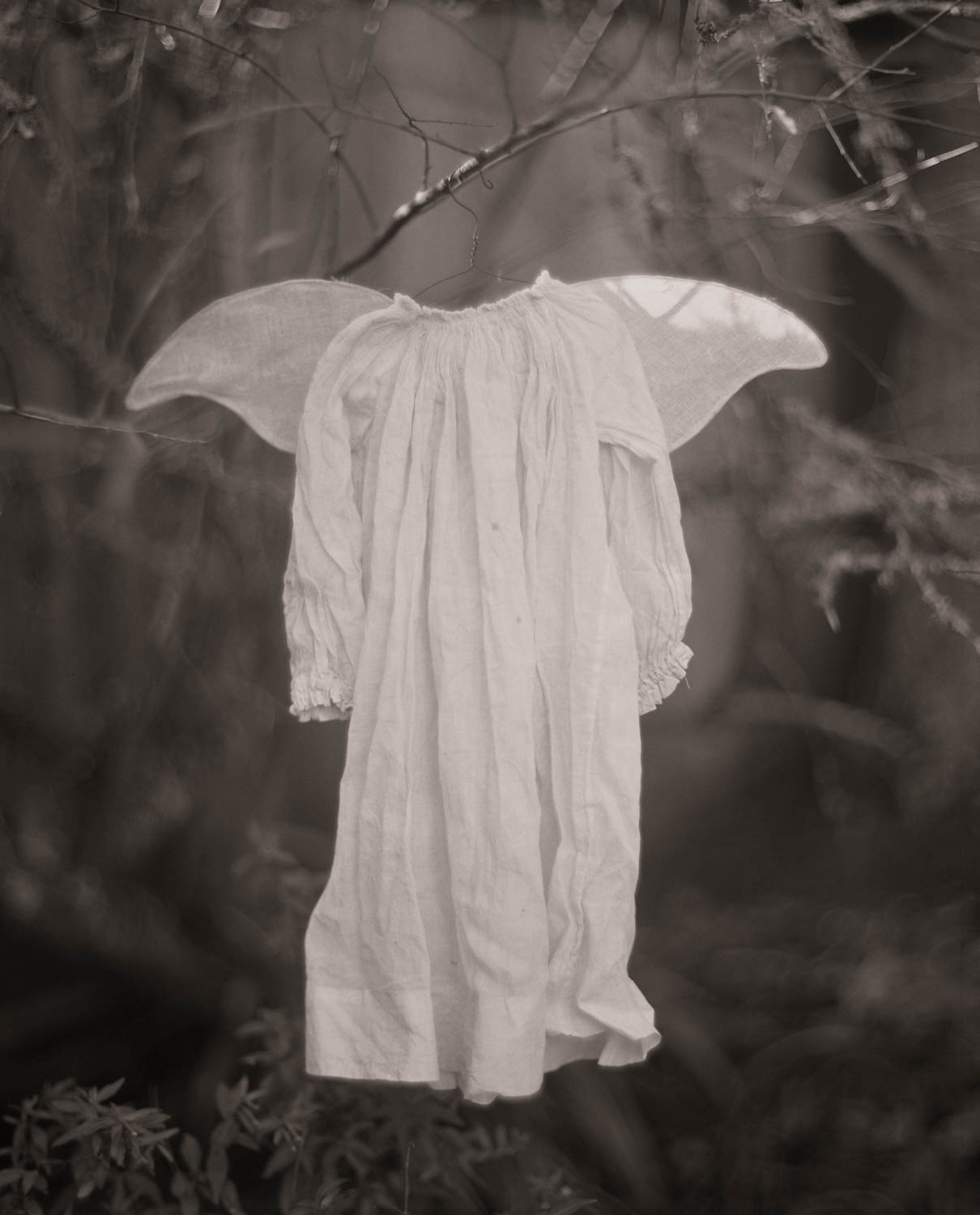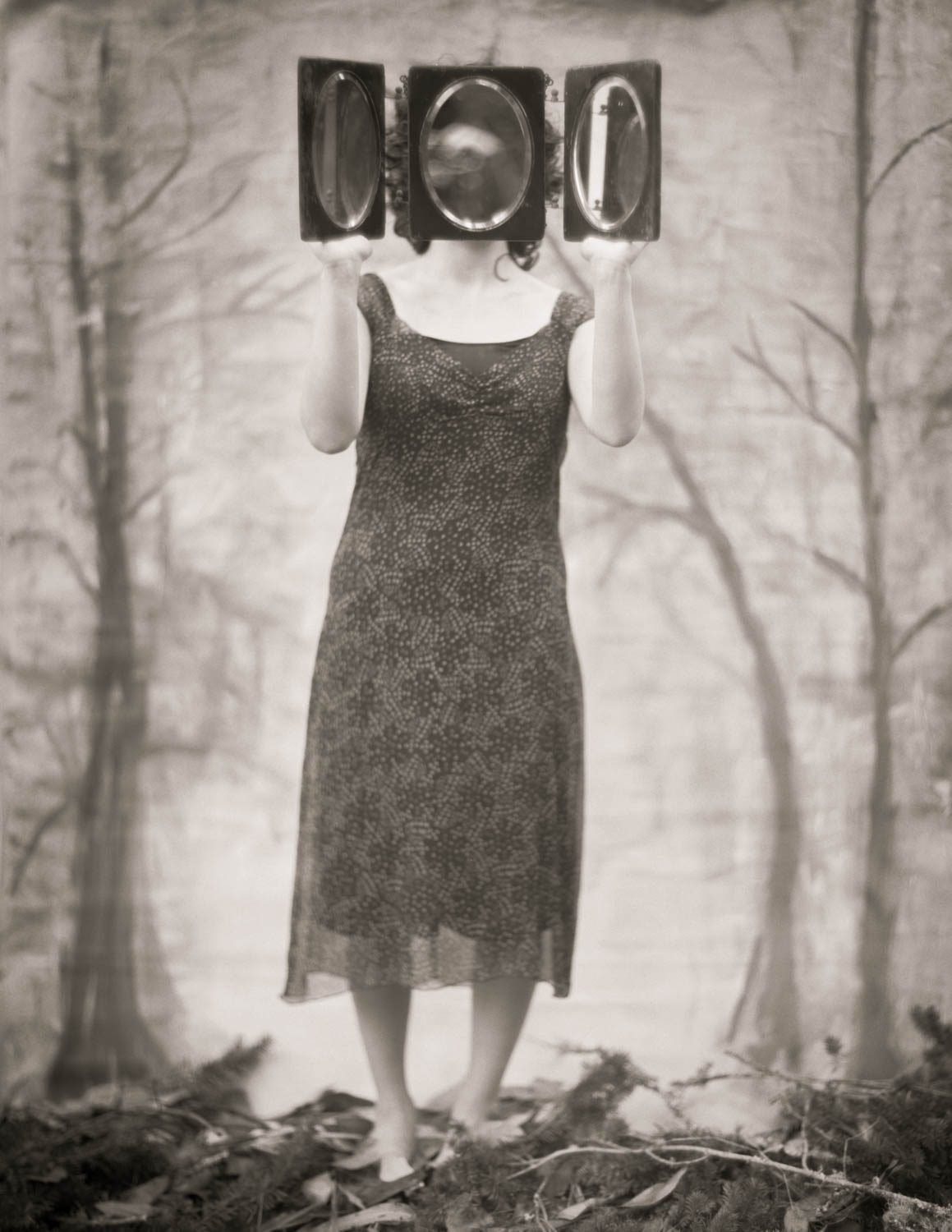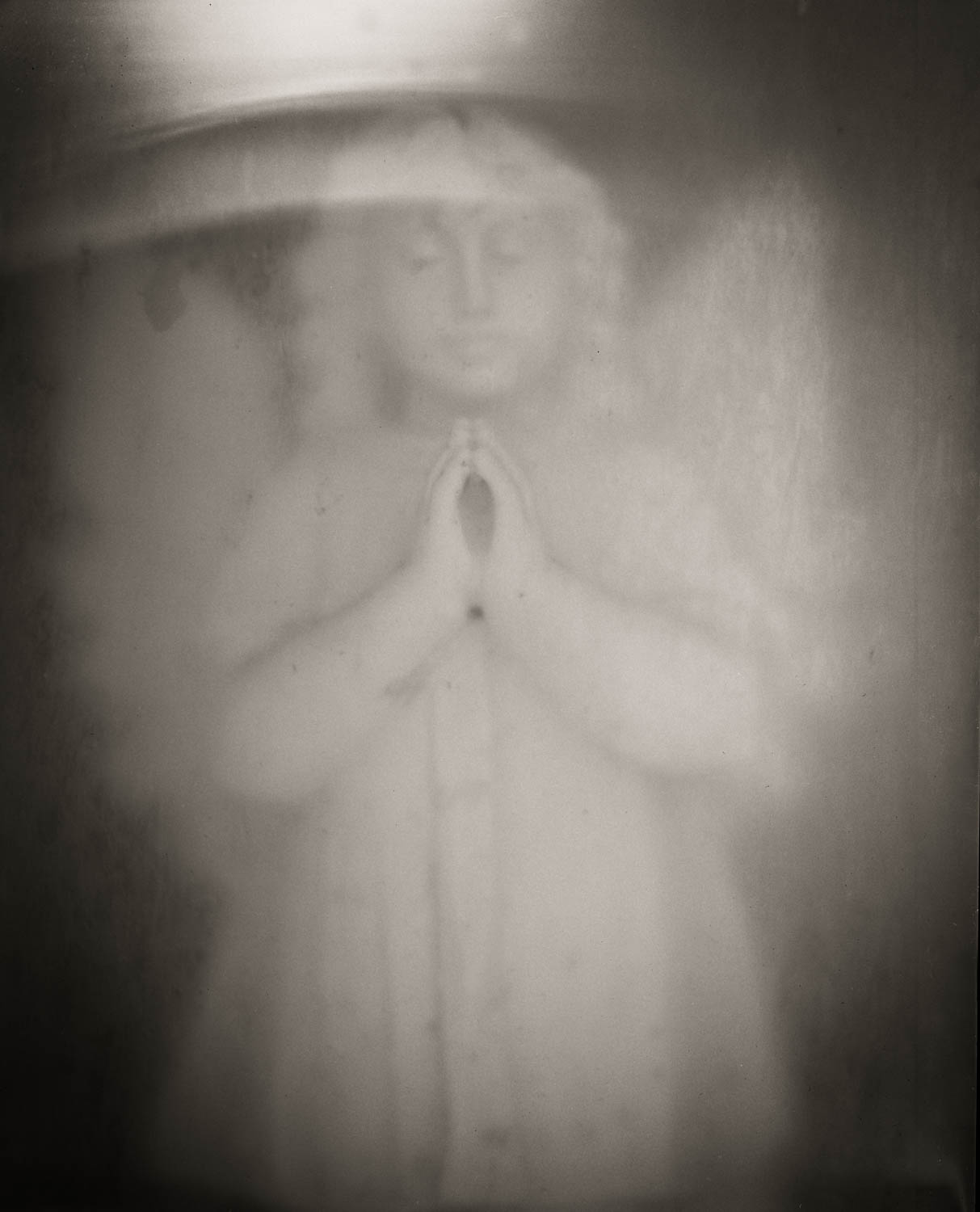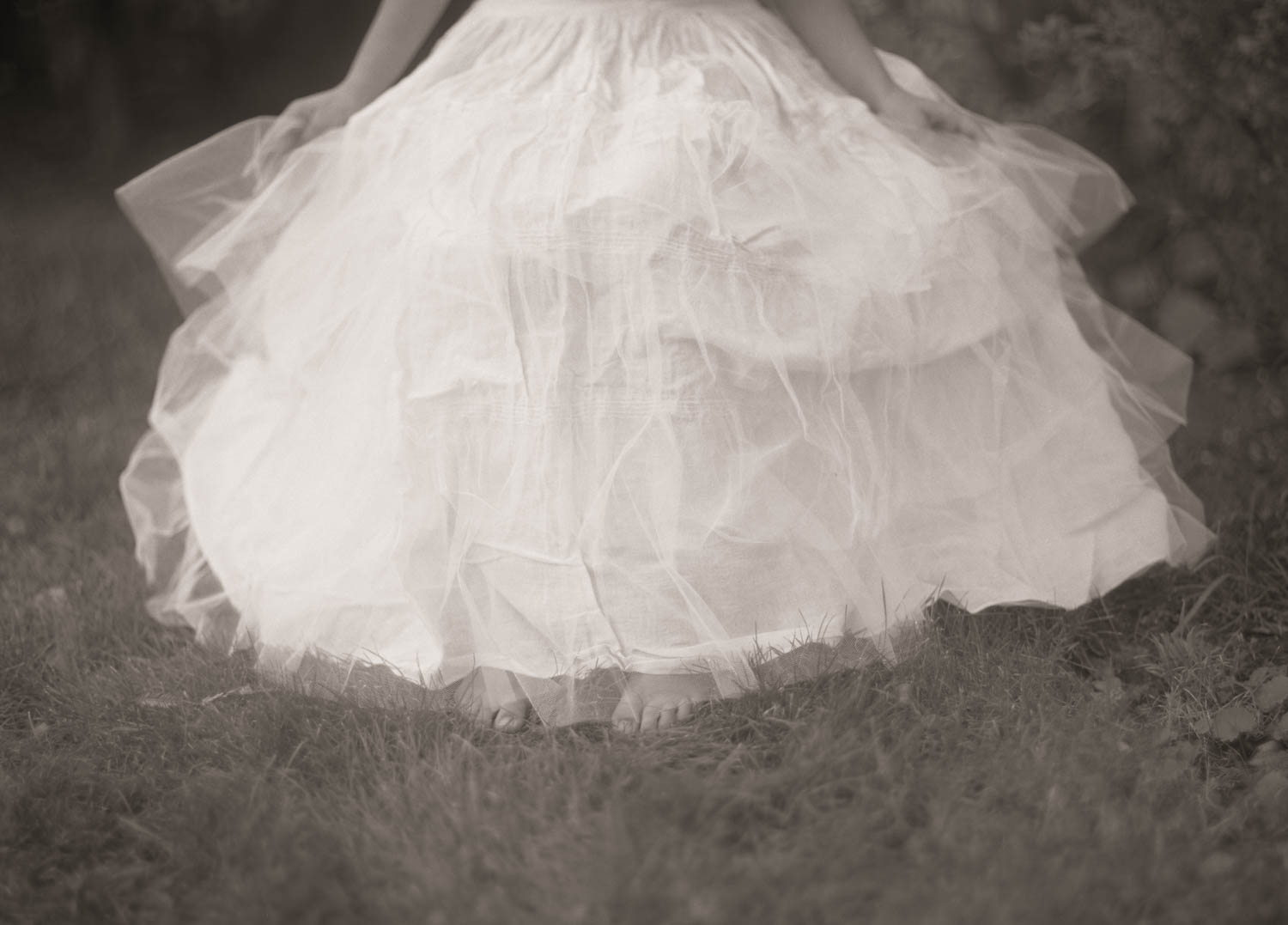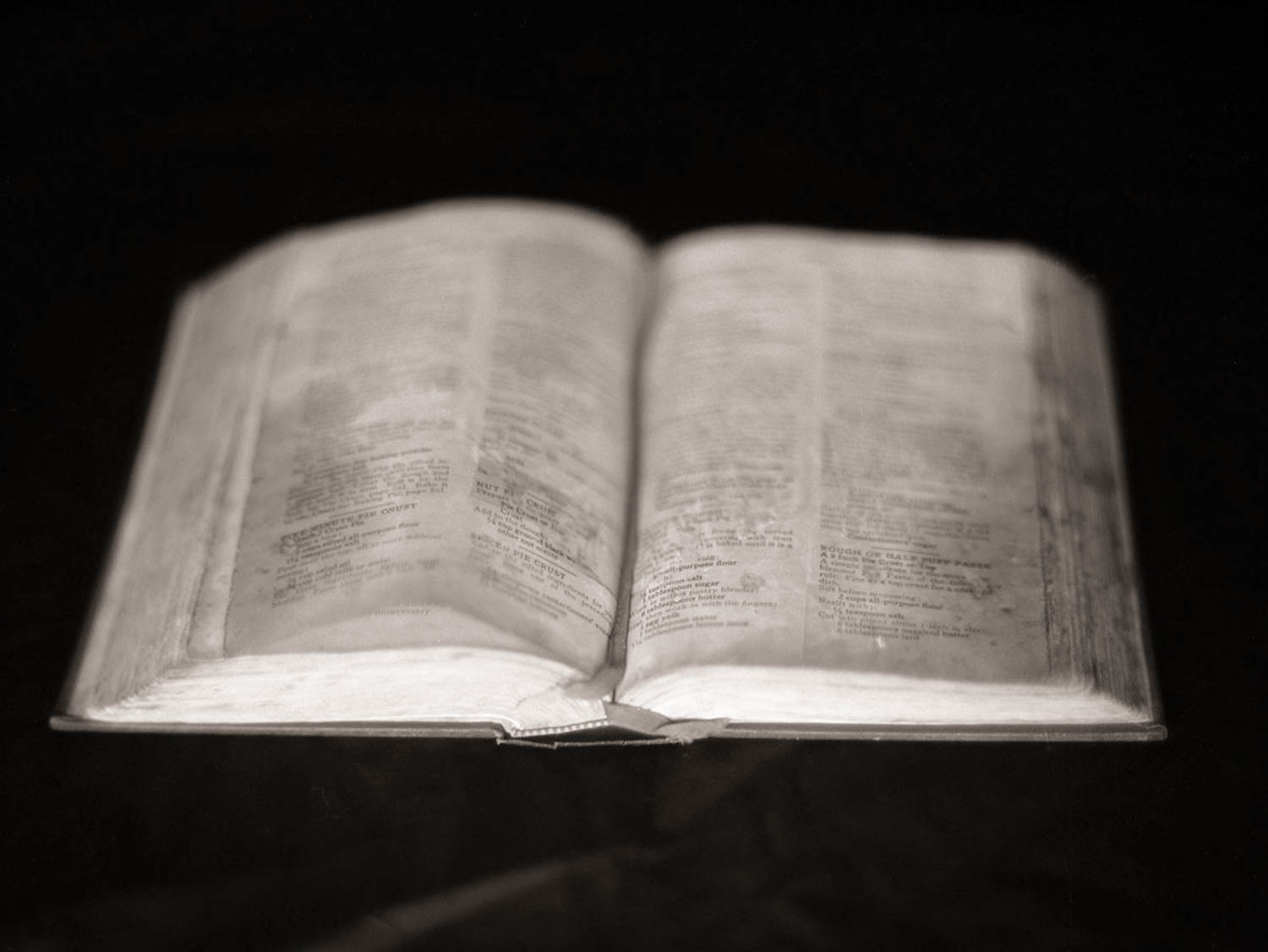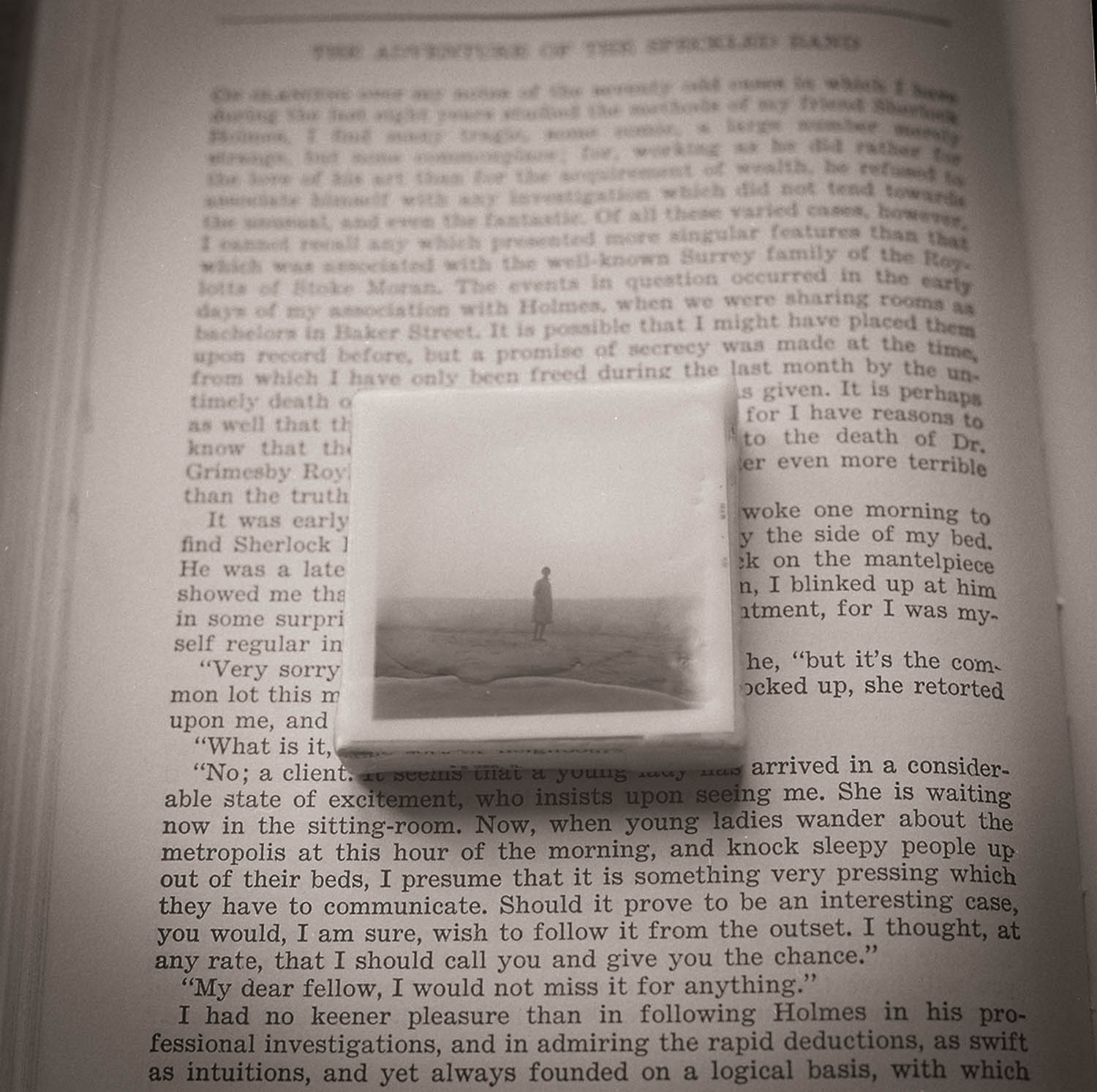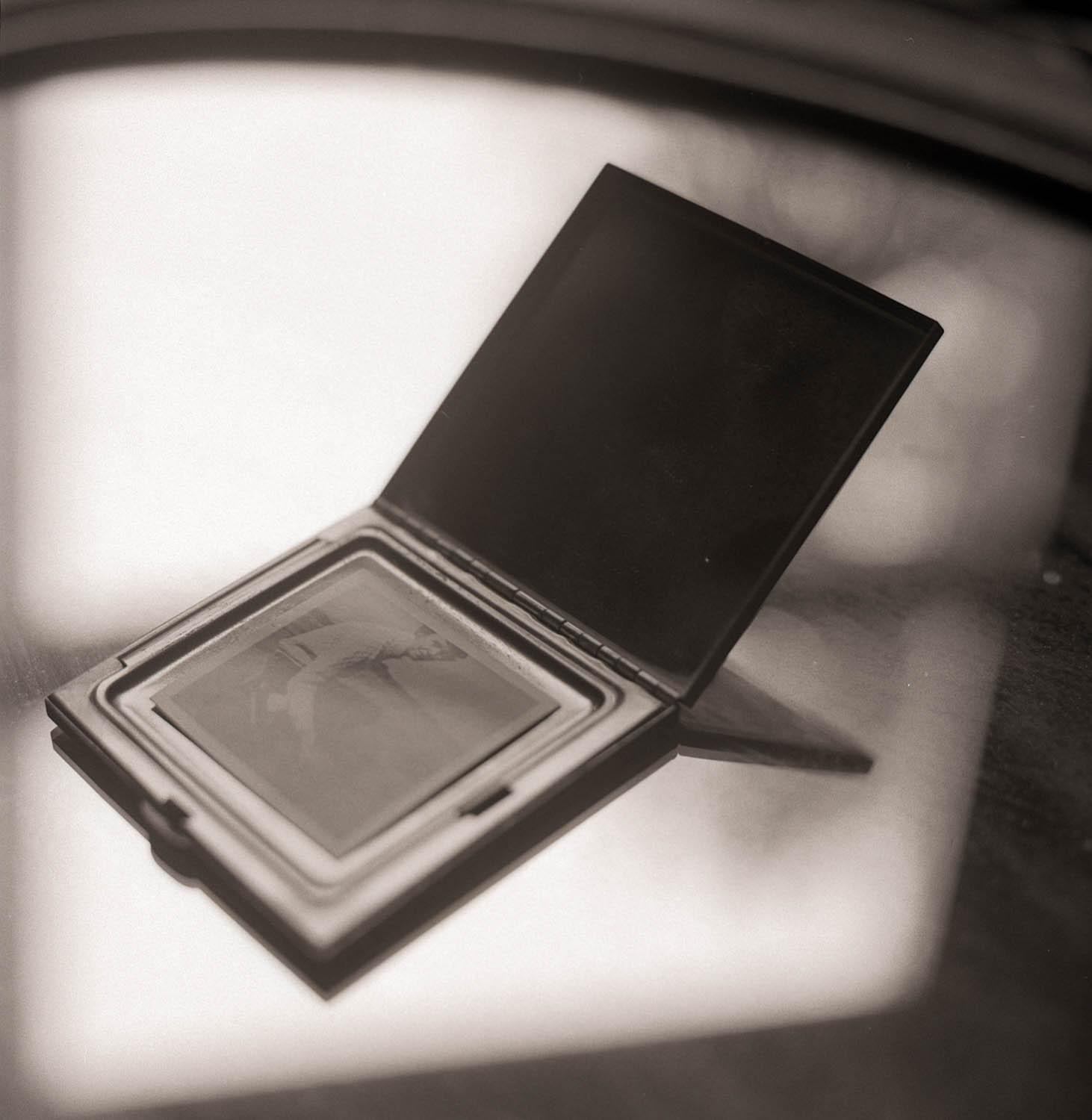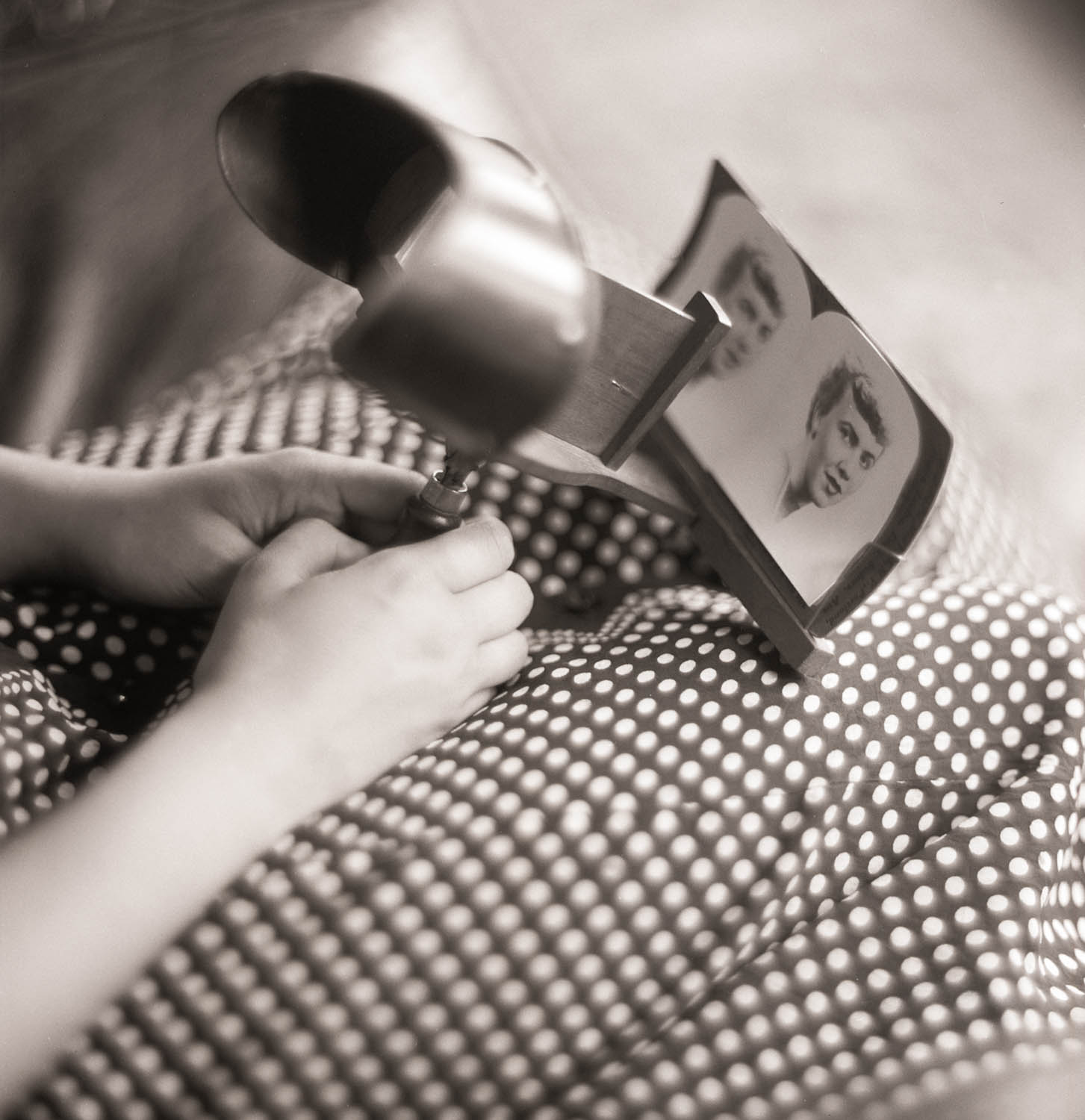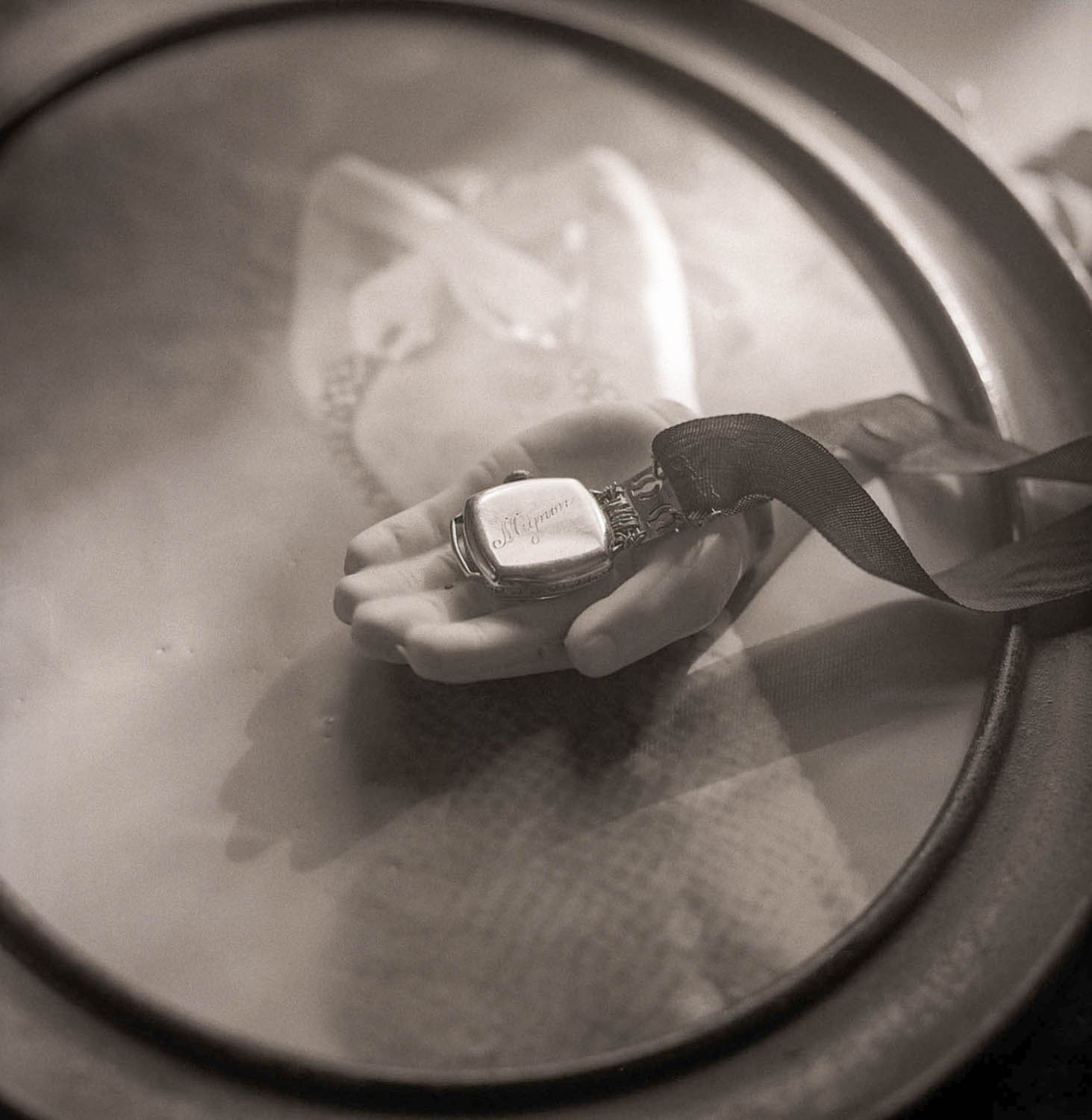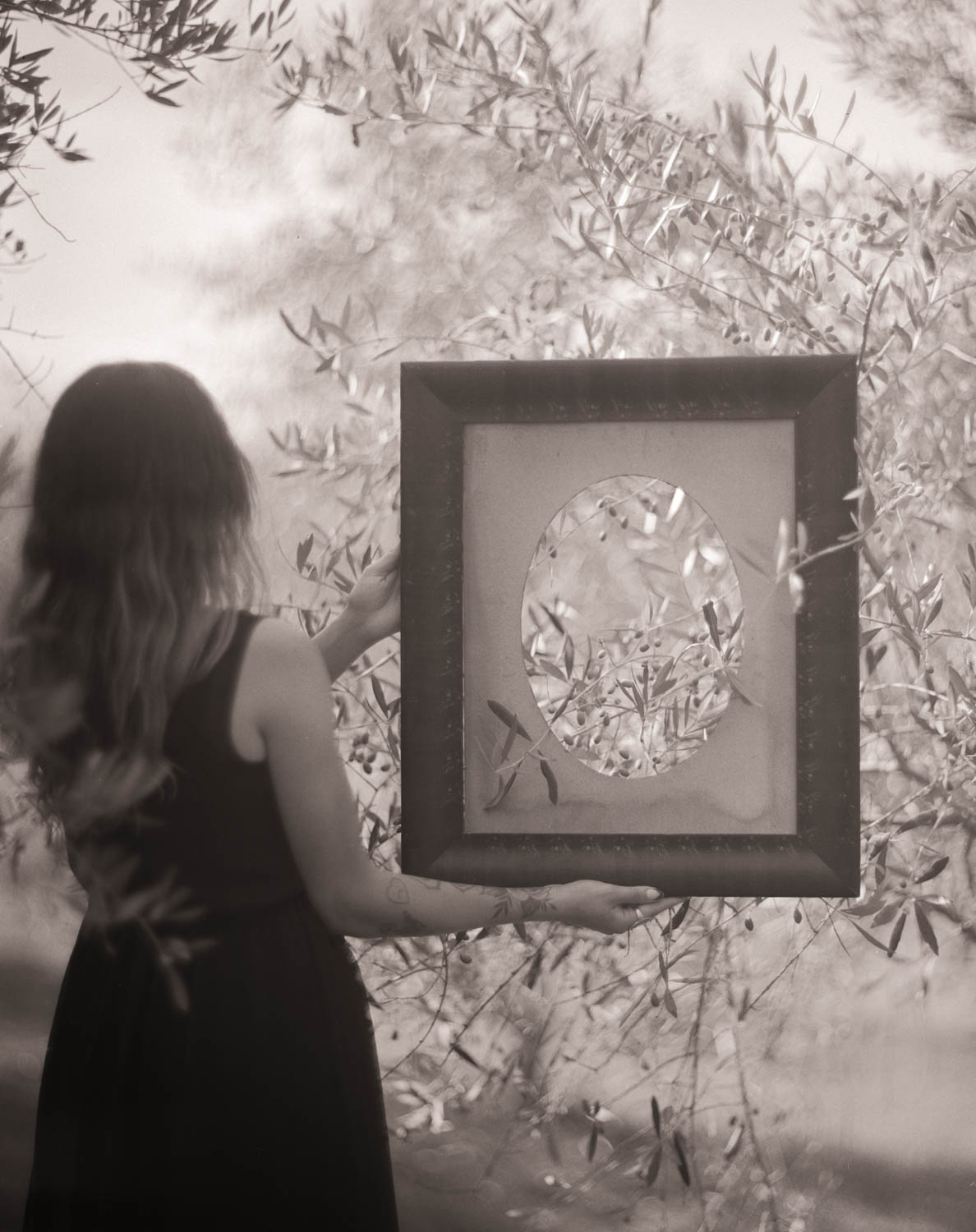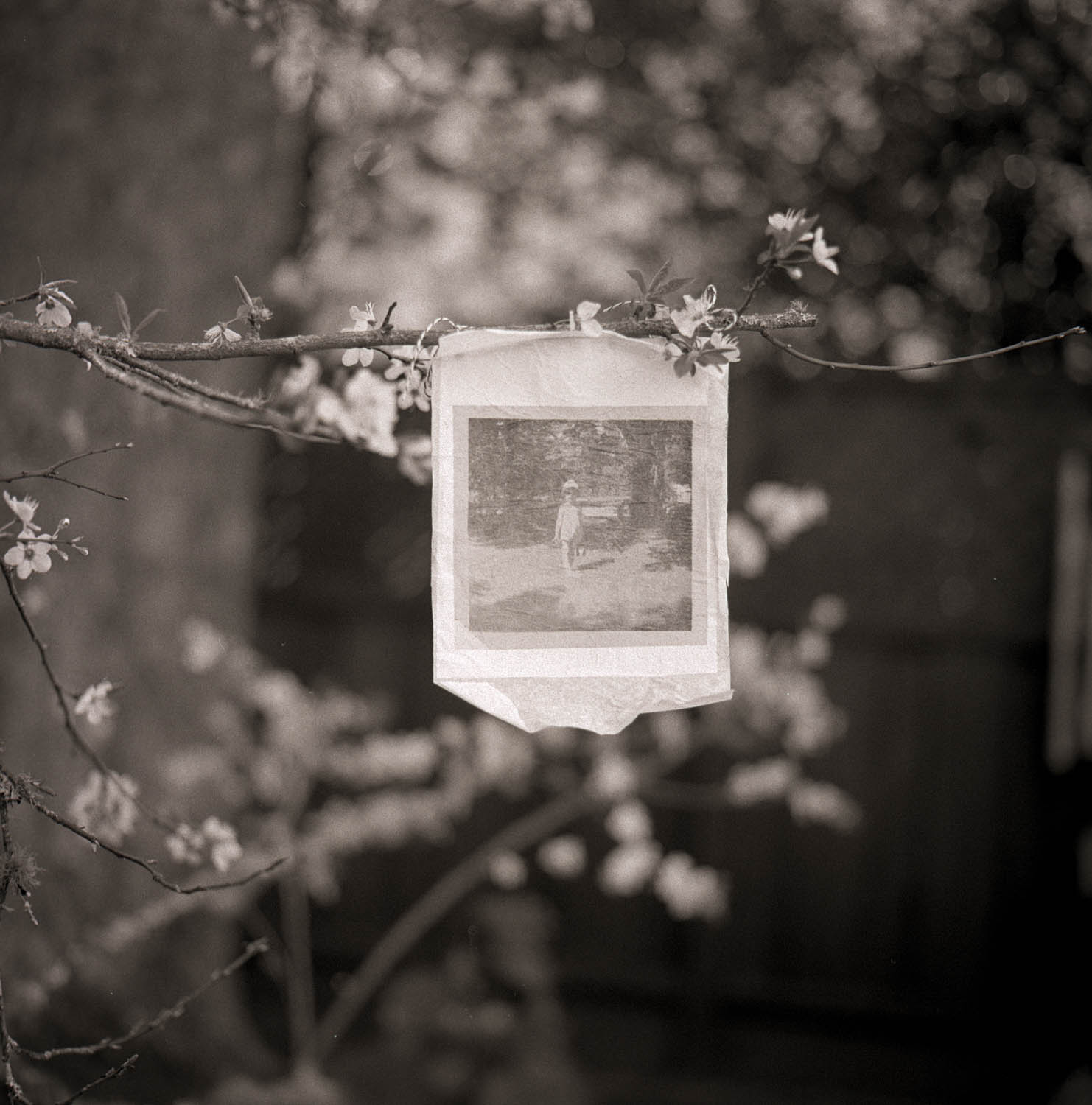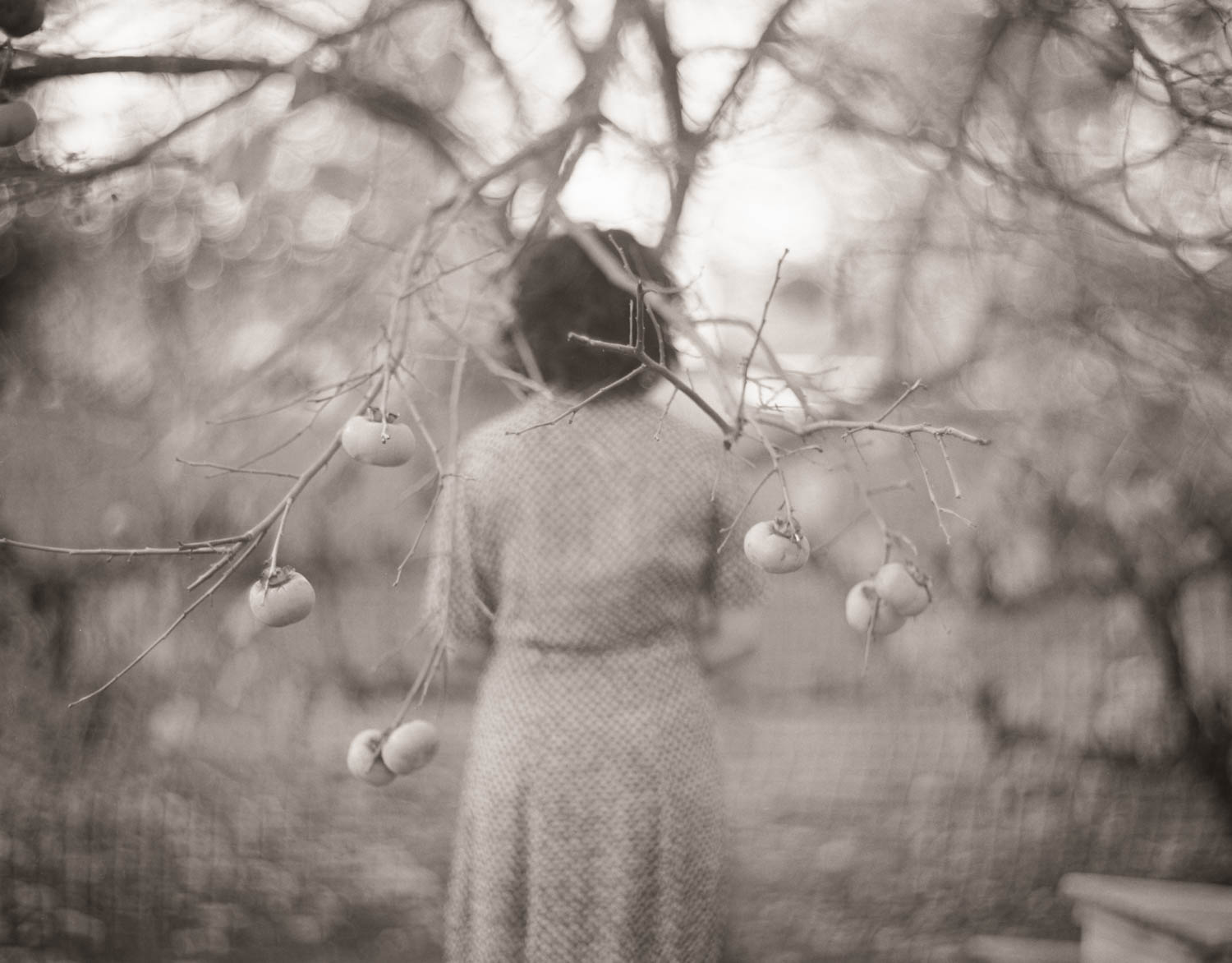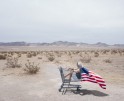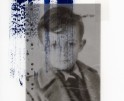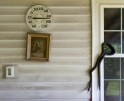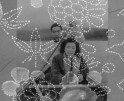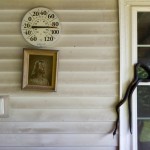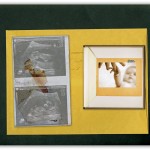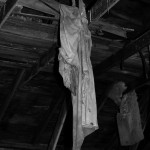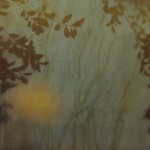Anne Walker: Recollection
This week we are looking at the work of artists who submitted projects during our most recent call-for-entries. Today, Anne Walker and I discuss Recollection.
Anne Walker has been in love with photography since she was in high school. As soon as she processed that first roll of Tri-X in the Fort Hunt High School darkroom, she was hooked. Anne pursued photography at Hampshire College but after graduating followed her second love, working as a pastry chef, as her career. After many years working in the kitchen, she finally had the opportunity to return to the world of photography. Now, at a completely different stage in her life, photography gives Anne the opportunity to express herself in a unique and powerful way. Anne photographs from the perspective of a woman, a mother, and a person who has the gift of some years under her belt. Anne is a San Francisco-based photographer who shoots film and prints all her work in the darkroom. Anne’s work is about the traces of what we leave behind, whether it is our childhood or the remains of a building, it is about the continuous march of time and the ephemeral nature of life. Photography has always enabled Anne to share what she finds beautiful and fascinating in this world. Capturing that which is fading away enables her to explore and record the beauty that may not be there the next time she looks.
Follow Anne Walker on Instagram: @annewalkerfilmphotos
Recollection
For as long as I can remember, I have held on to family photographs and artifacts as tightly as I can for fear of losing the past. From an early age, I sensed how easily the memories and stories connected to these items could vanish with their storytellers. When I was 23 I lost my mother to cancer and a sense of finality and impermanence overtook me. The security of home and family stability disappeared. The person who shared the most precious family stories with me was gone. And now, as the years pass and there is no longer an older generation to verify facts, the stories are becoming murkier. I feel an urgency to give renewed energy to this history.
This series began with a rediscovered photograph of my maternal grandparent’s house. This was where I spent holidays and summers as a kid, exploring an attic filled with antique objects and photographs that opened a door to another time and place. There was magic in that house, something existed there that didn’t in my day to day world. My imagination was sparked.
Immersing myself in the visceral world of memory enables me to follow a bridge to the past to create this work. There I explore obscured family stories and fading recollections, creating photographs that meditate on the fragility of memory and discover touchstones to the past.
Using my daughters in these images, wearing the clothes or holding objects that belonged to grandparents and great grandparents, the stories change and grow. There is no longer the finality I once saw in them but a continued thread.
Daniel George: You write that Recollection “began with a rediscovered photograph.” Would you elaborate on that experience? As you look at this work now, how do you feel it has evolved from that initial spark?
Anne Walker: As I began this project, the image of my maternal grandparent’s house kept coming back to me. That house encapsulated pivotal family memories of four generations, three of which are completely gone. Their house was a place of wonder and enchantment for me, full of antiques and treasures I was fascinated with. There was also a very specific visual world there that I responded to, their house looked and felt nothing like my suburban home and neighborhood. Looking back, it felt like a portal that gave me a different lens to see the world through. I wanted to find an image of the house to use as a touchstone for the project, a place where family memories existed.
As I continued with Recollection, I looked at family photographs and objects that I have carried with me for over 30 years and incorporated them into the work. This allowed me to layer the past with the present.
DG: You also mention that the loss of your mother prompted an urgency to record and share history. Has creating this work (or your photography in general) helped to satisfy this impulse? In what ways?
AW: The loss of my mother made me realize how quickly the storytellers of our family could disappear. I loved hearing my grandfather or my mother talk about family members I never knew but wished I had. They would share fascinating details I loved as we looked at family albums or some item I had unearthed from the attic. When my mother died, that crucial source was gone and all the stories got foggier, she wasn’t there to verify them anymore. Not long after losing my mother, my grandfather died and then my father and I realized it was my generation that was in charge of keeping the stories alive, there wasn’t anyone else to do it.
Creating photographs about this subject has allowed me share my version of our family history, one that can continue the stories and memories and be passed on.
DG: A variety of aesthetics can be used to focus on recording memory or depicting history. Tell us about your approach and interest in a more subjective, dreamlike style.
AW: Memory has a fluidity to it, it comes into focus and then bits disappear, much like a dream. I wanted to convey that sense, something ethereal and hard to grab hold of. I really loved using my Aero Ektar lens for this project, it gave me a softness and selective focus that helped me achieve a dreamlike feel.
DG: In these images, you bring together generations of your family by photographing your daughters alongside pictures and objects that belonged to your grandparents. How does this create a “continued thread” of your family history?
AW: I realized that the stories and memories don’t end with me. They pass through every generation and change with each person. I have done my best to share as many details as possible with my daughters about their grand and great grandparents. Even though these people were not physically in my daughter’s lives, they refer to them in a way that is familiar and full of love, they have been hearing about all of them since they were born. Now the thread continues and they hold the stories in their hands, to pass them on in their voices.
DG: On your website, you have several projects that focus on your daughters—sometimes through very difficult experiences. Would you talk about the process of working with them, and the evolution of your relationship through photographs?
AW: I began photographing my daughters when they were quite young and relatively willing models. As they got older, I was lucky enough to have their cooperation and partnership in making images over the years. Now they both make art of their own and we talk about artists and influences that we are excited about, it is an incredible gift to share interests in this way. I cherish the collaboration we have making photographs together.
Posts on Lenscratch may not be reproduced without the permission of the Lenscratch staff and the photographer.
Recommended
-
Martin Stranka: All My StrangersDecember 14th, 2025
-
Interview with Maja Daniels: Gertrud, Natural Phenomena, and Alternative TimelinesNovember 16th, 2025
-
MG Vander Elst: SilencesOctober 21st, 2025
-
Photography Educator: Josh BirnbaumOctober 10th, 2025
-
Aiko Wakao Austin: What we inheritOctober 9th, 2025

